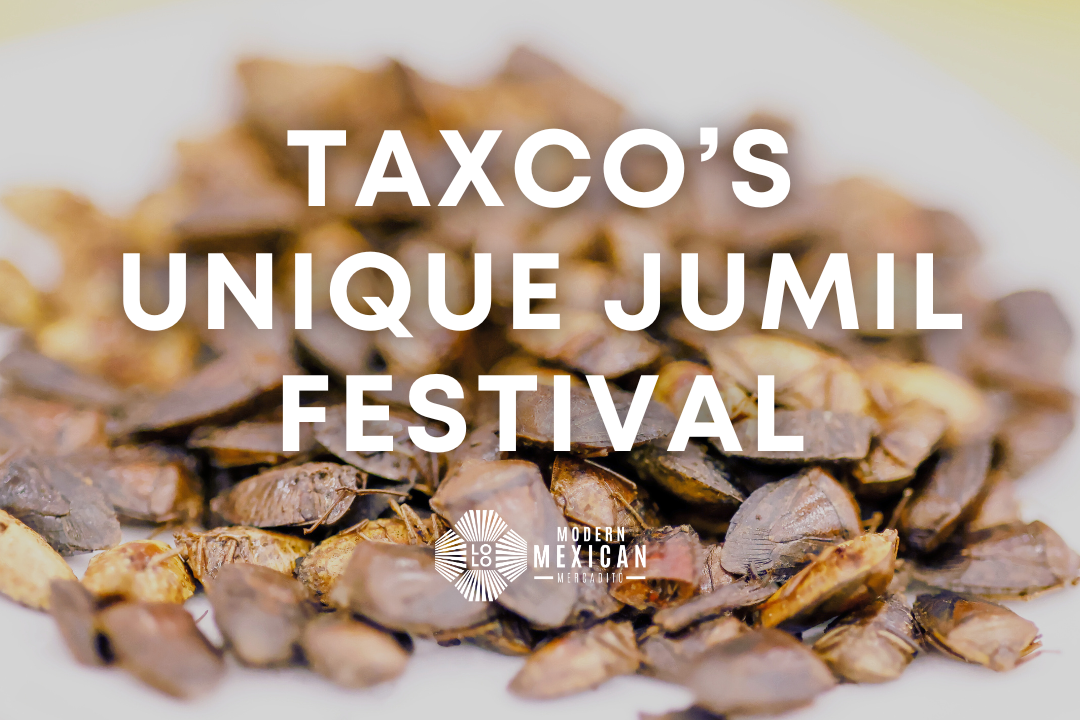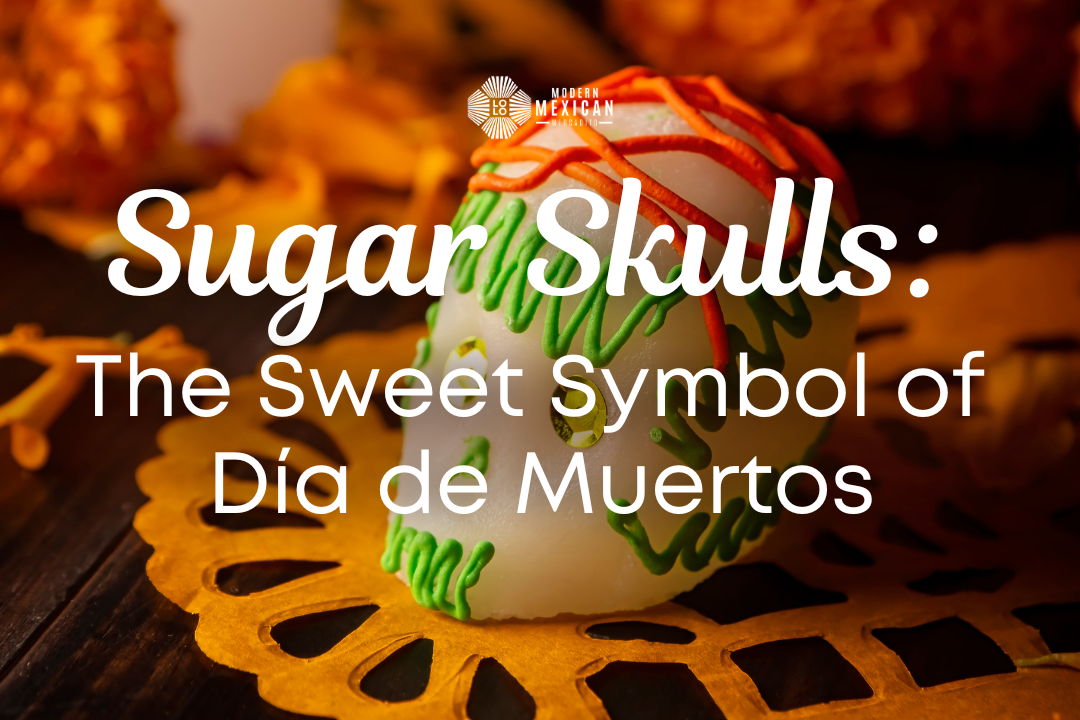Days before September 16, Mexico begins one of their biggest and most patriotic celebrations: La noche del Grito. For this, people get ready in a very special way, wearing with pride Mexico’s colors (green, white, and red), painting their faces with images of Mexico’s flag, adorning their homes and buildings with colorful papel picado, ribbons and the flag, attending parades, and gathering with Mexican food. If you are ever in the streets of Mexico during this celebration, you will hear people shouting over and over: ¡Viva Mexico!
On September 16th Mexico commemorates its independence from Spain. A little over 200 years have passed since the famous Grito de Dolores (Dolores’ Shout, or Cry), by Miguel Hidalgo y Costilla that started a rebellion and countless battles to achieve Mexico’s freedom and independence. This year, however, marks the 200th anniversary of our independence.
A Brief History of Mexico's Independence
The colonization of Mexico began when Hernán Cortés defeated (or was ceded, depending on which historian we talk to) the Aztec Empire in 1521, establishing what was known as the Aztec Empire as New Spain. Like this, centuries of Spanish migration to the new colony was established.
During the 18th-19th century, the world was witnessing shifts of power from countless countries and some colonies that gained their independence, most achieved by rebellions (prompted mostly by the United States’ independence and France’s revolution). In this context, Mexican independence is tightly related to what was happening around the world, particularly in Spain and the Peninsular War where Napoleon Bonaparte, who was leading the French revolution, invaded Spain.
This turmoil in the Spanish crown led Mexico (and other Spanish American colonies) to see this as an opportunity to create independent councils made-up by creoles and mestizos to distance themselves from the Spanish crown. This was mostly prompted by the conditions under which the colony was being led, particularly the caste system. Despite not being familiar with the country’s needs, Peninsulares (Spaniards born in Spain) had the most important political seats, ruled over land and distributed the riches. Moreover, they created a high taxation and had indigenous people in slavery. Of course, this created a big discontent among all Mexican-born residents who believed that the form of government would be better in the hands of the people.
As such, the year of 1810 began to witness several secret meetings between intellectuals and revolutionaries from Mexico. Among them is the famous Queretaro Conspiracy, where Josefa Ortiz de Dominguez, together with her husband Ignacio Allende gathered thinkers and revolutionaries to plan the insurgency, among them was the priest Miguel Hidalgo Y Costilla who later became one of the main leaders of the Mexican Independence.

These secret meetings continued that year until one meeting on the early morning of September 16th, in the small town of Dolores Hidalgo, Guanajuato when, after rumors of this plot being betrayed, participants of this meeting decided to act immediately. Miguel Hidalgo, who was hosting this meeting, rushed to the town’s chapel and rang the bells of the church to call upon all residents to arm themselves and fight. When all townspeople gathered, Miguel Hidalgo took the image of Virgin Mary and proclaimed the famous Grito de Dolores (Dolores’ shout, or cry). There are no written records of what was exactly said in this famous speech, but most accounts communicate that he said: “¡Viva la religión!, ¡viva nuestra madre santísima de Guadalupe!, ¡viva Fernando VII!, ¡viva la América y muera el mal gobierno!/¡muerte a los gachupines!” (Long live religion! Long live Our Lady of Guadalupe! Long Live Fernando VII, Long live America and death to the bad government!/death to the gachupines [the Spaniards]!).
Hidalgo’s military campaign spread throughout all Mexican territory. This call for insurrection was the beginning of countless battles and wars against the Spanish crown and government. Mexico finally gained its independence on September 27th, 1821 with El Plan de Iguala, a document that established Mexican Independence, though it was until 1836 when Spain finally recognized Mexico as an independent country.
So, How is this Celebrated in Mexico?
Although the historical facts of the Grito de Dolores happened early morning of September 16th, the celebrations begin the night of September 15th. In Mexico many families gather on that night to wait for the Grito, similar to New Year’s Eve. Filled with pozole, chiles en nogada, enchiladas, and many other traditional dishes, people wait for the 11:00 mark to celebrate their independence and continue this festivity throughout the next day, September 16th which is considered a national holiday.
Mexican flags hang from buildings and private spaces and many people dress in traditional clothing and play traditional music. In Mexico City’s Zócalo, the main plaza where the National Palace is located, all-day events are held from September 15th, leading to the night where people gather to wait for the Grito.

Although there is no record of the exact words of Miguel Hidalgo’s speech, every year this Grito de Dolores, which is now known as Grito de Independencia is recreated by the president of Mexico who goes out into the balcony of the National Palace to commemorate Hidalgo’s Speech. Since there is no script of the speech, each mandatary personalizes what is said but, in essence they all shout: “¡Viva México! ¡Viva la Independencia! ¡Vivan los héroes de la Independencia!” while ringing upon a giant bell and standing (or sometimes waving) Mexico’s flag. The ceremony is broadcasted throughout the country and is repeated in smaller scale in many towns and villages with each mandatary replicating this commemoration.



 Covid-19 called for the cancelation of the massive event. Instead, lights were lit and the Grito de Independencia was broadcasted. 09/15/2020.
Covid-19 called for the cancelation of the massive event. Instead, lights were lit and the Grito de Independencia was broadcasted. 09/15/2020.September celebrations and their customs make this a special time to visit, especially if you are looking to experience Mexican parties and pride. During these times, all Mexicans celebrate their heritage with food-filled tables, music, and customs like no other time in the year.
--
So, what do you think? Was this something that you knew before? What historical facts did you find interesting? We know there's plenty more to tell when it comes to Mexican history, but we hope you liked this small summary. Also, have you ever been to Mexico during these dates? howe was it like? We would love to hear form you!
Don't forget to subscribe to our newsletter where we make sure to share this and many more cultural and historical content, and make sure to give our familia of subscribers exclusive promotions, gifts, first-hand look at all new products and, of course, these articles that we love to write for you all!
(We have everything you need for a Mexican celebrations right here.)









1 comment
hailey
you are so helpful to me